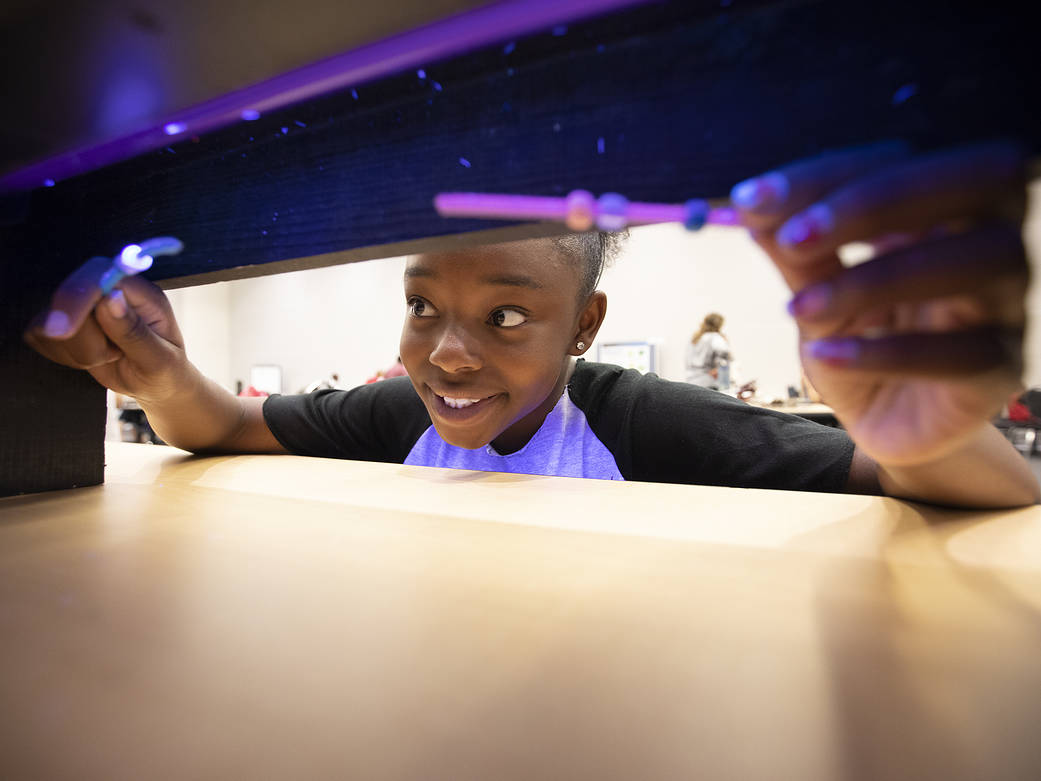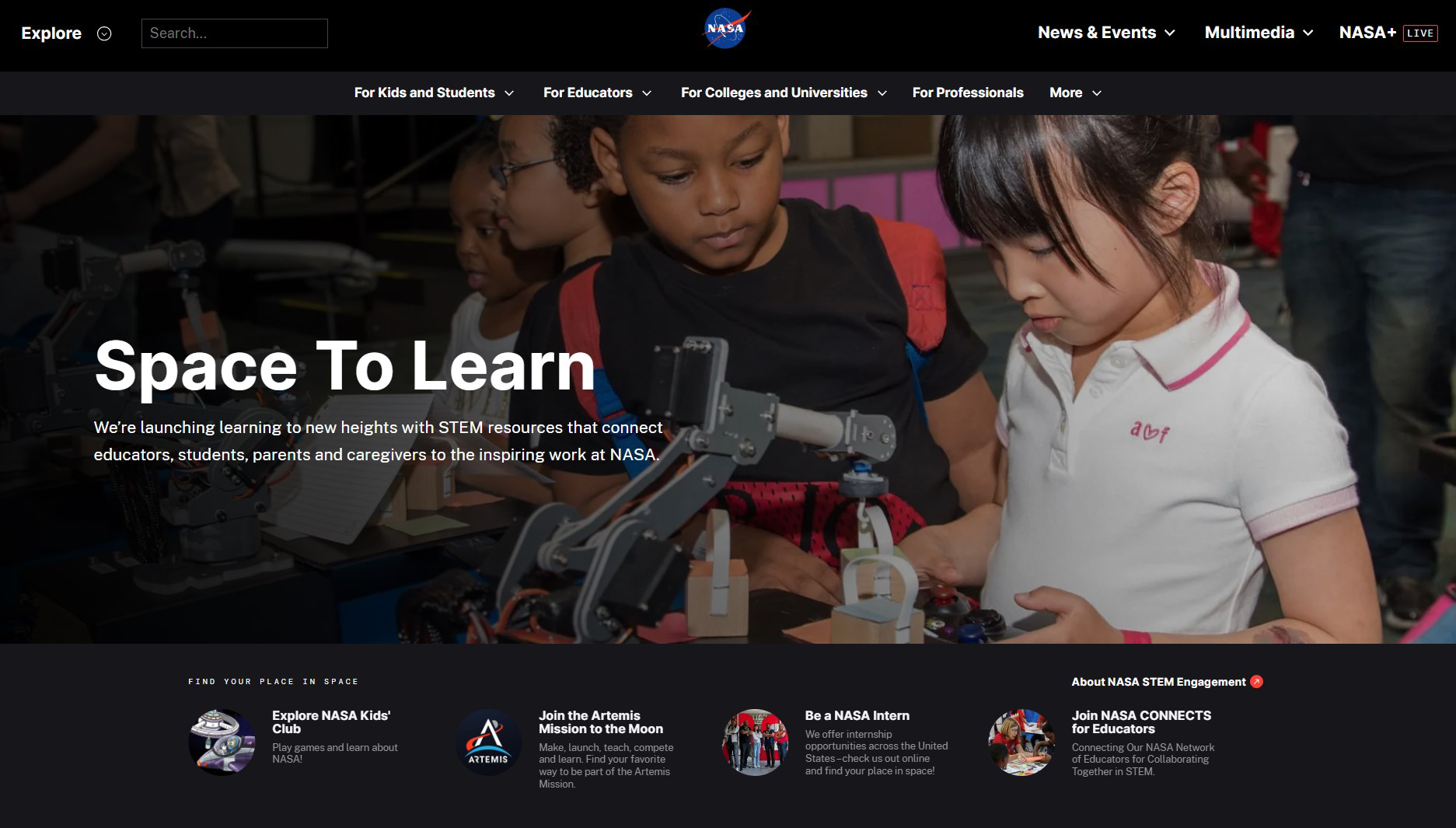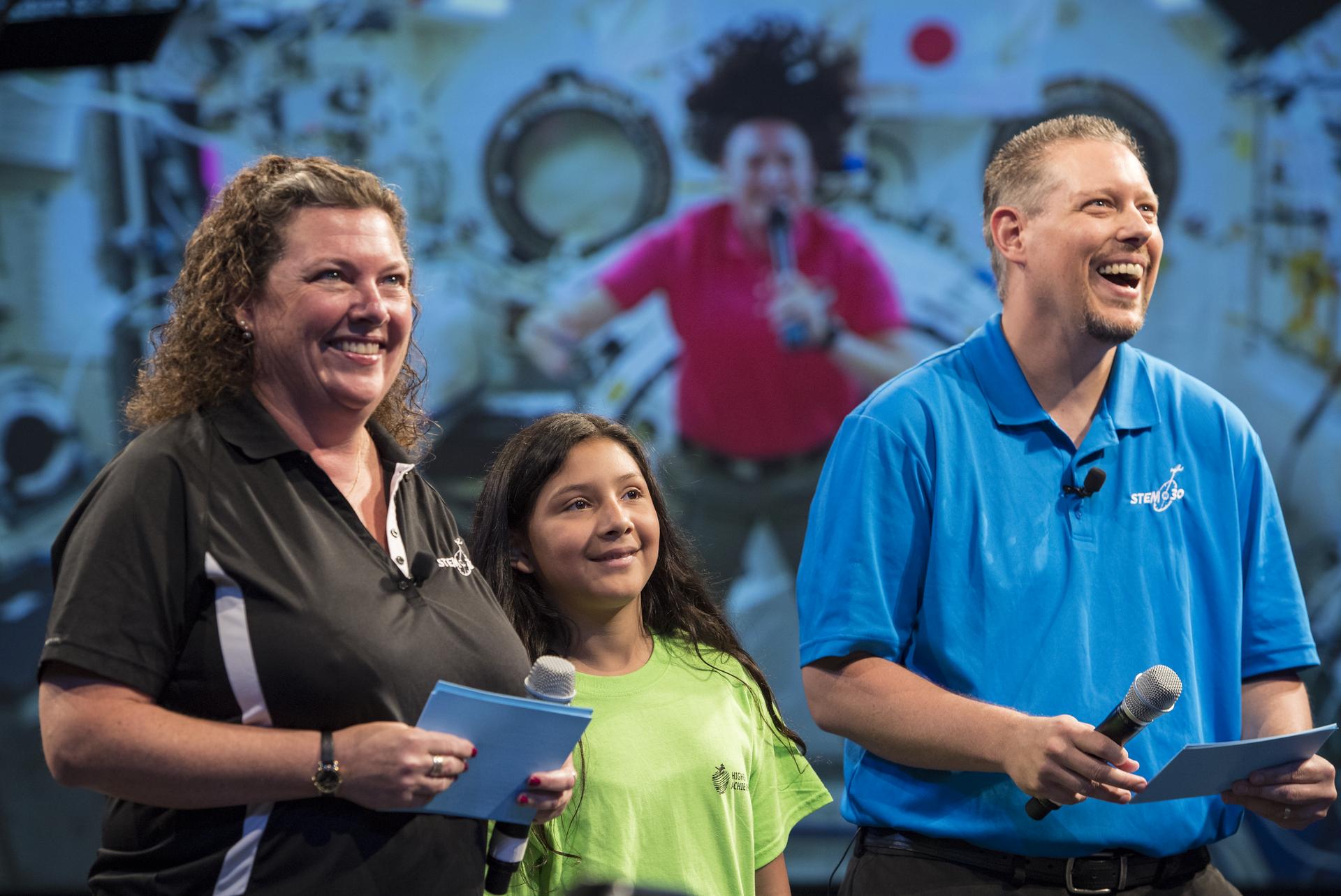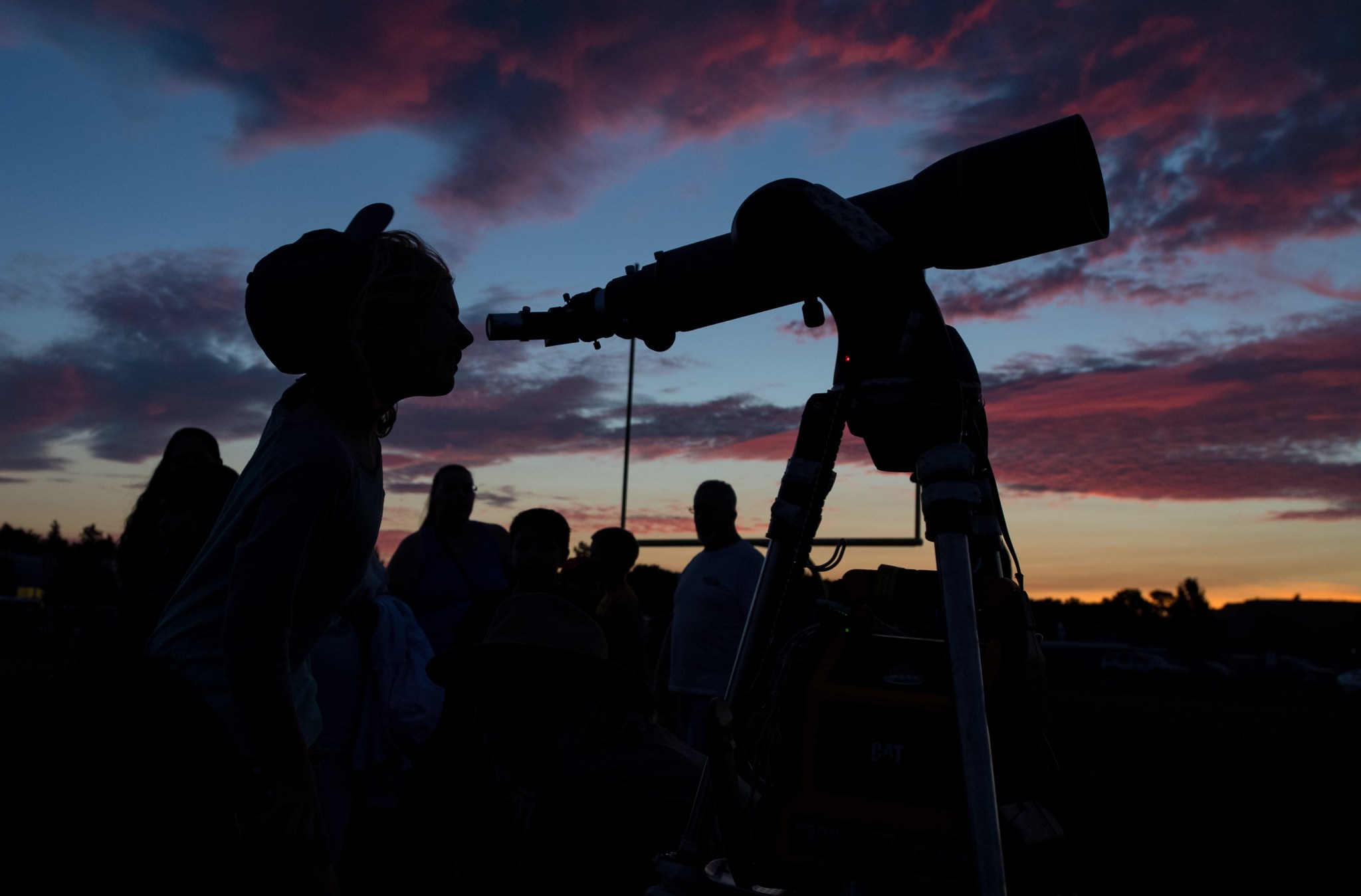
NASA offers a variety of platforms and resources to support kindergarten through college educators in bringing the excitement of exploration and discovery to students in the classroom and beyond. From in-depth lesson plans to supplemental videos and activities, the resources below can help educators develop an out-of-this world curriculum and create unforgettable experiences for their students.

NASA's website has a dedicated section for the agency's learning resources: nasa.gov/learning-resources. Using the navigation bar, educators can click through to find dedicated pages with STEM resources for K-4, 5-8, and 9-12 grade bands.
Looking for something in particular for your curriculum? Try the NASA STEM Resource Search tool to explore hands-on activities, interactive features, videos, lesson plans, educator guides, and more. Browse the nearly 2,000 resources or search by grade level, subject, or keywords.
NASA also offers a range of resources and community-based projects that invite learners of all ages to participate in authentic science across the U.S. and the world through the Science Activation (SciAct) program. In addition to traditional classroom resources, NASA has a webpage dedicated to citizen science opportunities around the globe, which can be fun to participate in as a class.

NASA has several pathways for getting a NASA expert involved with your classroom.
Students can get questions answered by astronauts living and working aboard the International Space Station through In-Flight Education Downlinks. These twenty-minute live Q&A sessions are available to U.S.-based education organizations. Applications are accepted during several proposal periods each year.
Educators can also request classroom engagements with NASA engineers, scientists, and other professionals through the NASA Engages program. The program connects NASA experts with U.S. students ranging from preschool to college, through formal or informal education groups such as libraries, museums, professional and technical organizations, afterschool programs, and other non-profit organizations. Requests can be made in the NASA STEM Gateway platform after creating an account.
NASA STEM Gateway is also the portal where educators and students can sign up for other NASA opportunities, such as internships, student challenges, and more.

U.S. K-12 schools, universities, and other organizations may be eligible to request an authentic NASA artifact to help bring STEM lessons to life in the classroom. NASA considers an "artifact" to be an object representing historically significant or innovative achievements in spaceflight, aviation, technology, or science. Through NASA's Artifact Module, browse through the agency's trove of objects and request an item that will spark inspiration or understanding among students in the Artemis Generation.

To learn about the latest NASA STEM resources and opportunities, follow NASA STEM on X, Facebook, Pinterest, and YouTube. NASA also publishes a weekly e-newsletter for teachers, parents, caregivers, and students. Sign up for the NASA EXPRESS newsletter to get the latest NASA STEM opportunities delivered to your inbox every Thursday. It's an easy way to stay up to date on internships, challenges, professional development, and more.
NASA also has an online community of practice for formal and informal educators called CONNECTS (Connecting Our NASA Network of Educators for Collaborating Together in STEM). On the CONNECTS platform, new and experienced professionals in STEM education can join discussions, share best practices, learn about the latest events and opportunities at NASA, participate in professional development opportunities, and download free STEM products available by topic or grade level. Registered community members can chat with other members who are interested in similar fields and can find nearby members with whom they can collaborate.
- About NASA STEM Engagement
- NASA Kids' Club
- NASA Citizen Science
- NASA Science Activation (SciAct) program
- NASA Artifacts






